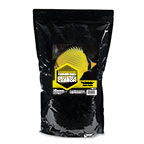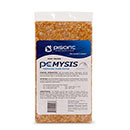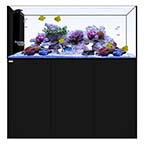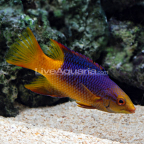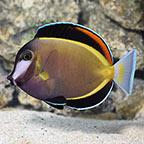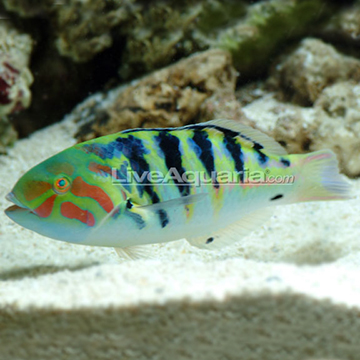
Additional locales and sizes may be available!
Additional locales and sizes may be available! Email me when availableQuick Stats
What do these Quick Stats mean? Click here for more information
What do these Quick Stats mean? Click here for more information
Overview
It should reside in a 90gallon or larger aquarium with larger, aggressive tank mates, and plenty of rocks for hiding. It will become territorial and harass any new additions to the community, therefore, it should be added last to the aquarium. It may be kept with a mate if the aquarium is 125 gallons or larger. It may eat mantis shrimp and bristleworms. It does not eat corals or live plants.
Its natural diet consists of fish, crustaceans, motile invertebrates, and worms. The diet in an aquarium, should include a variety of feeder shrimp, marine flesh, frozen meaty preparations for carnivores, and flaked foods.
Approximate Purchase Size: Small: 1" to 3"; Medium: 3" to 4"; Large: 4" to 6"




